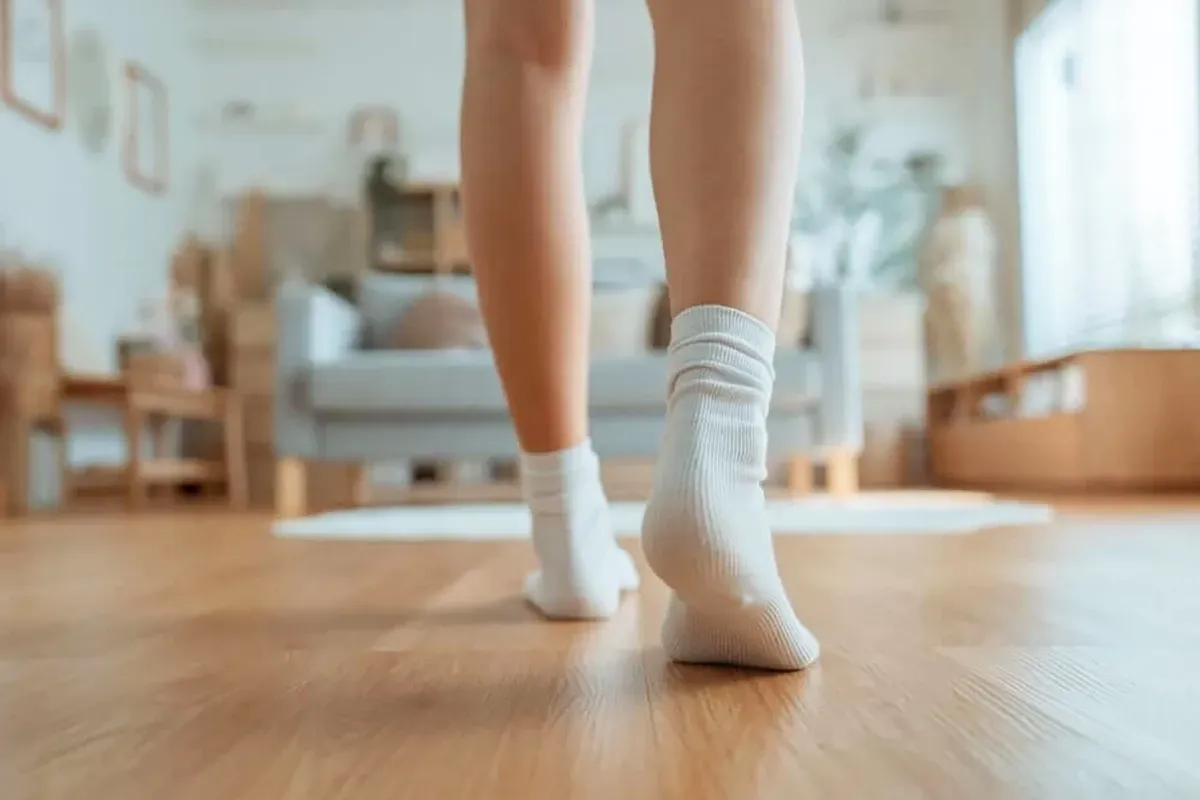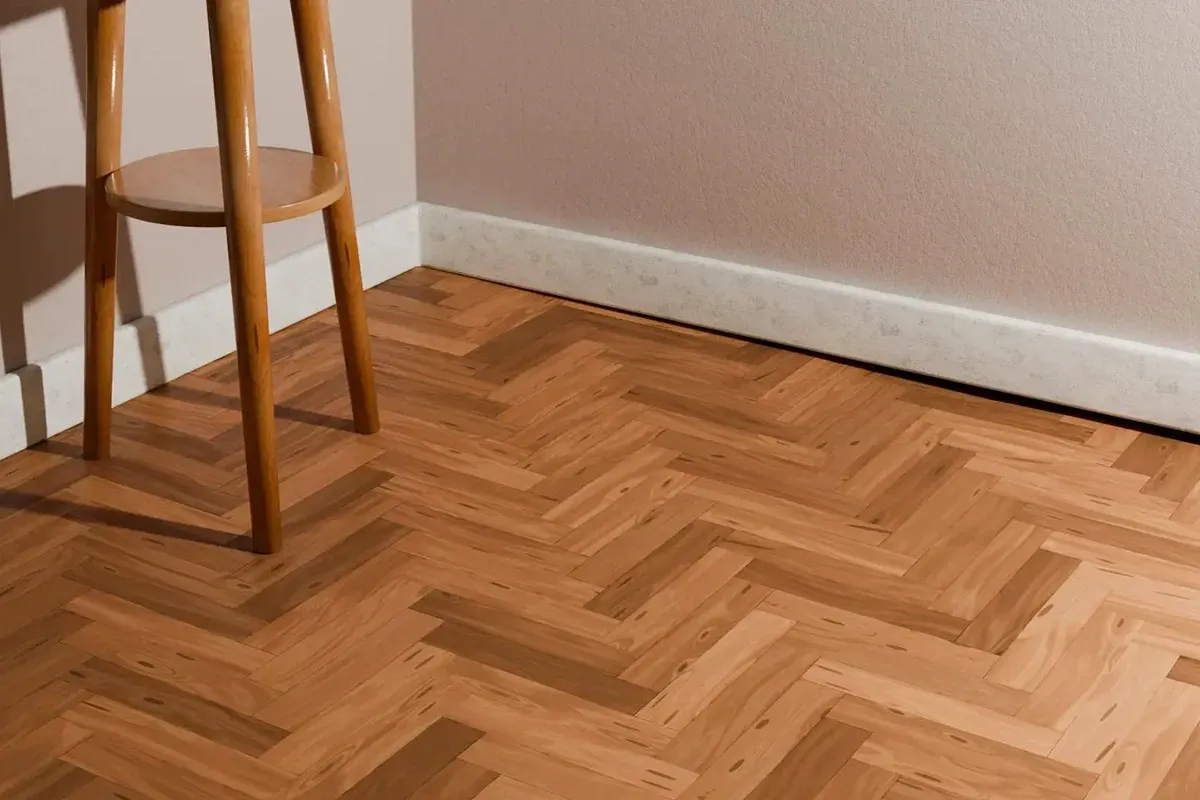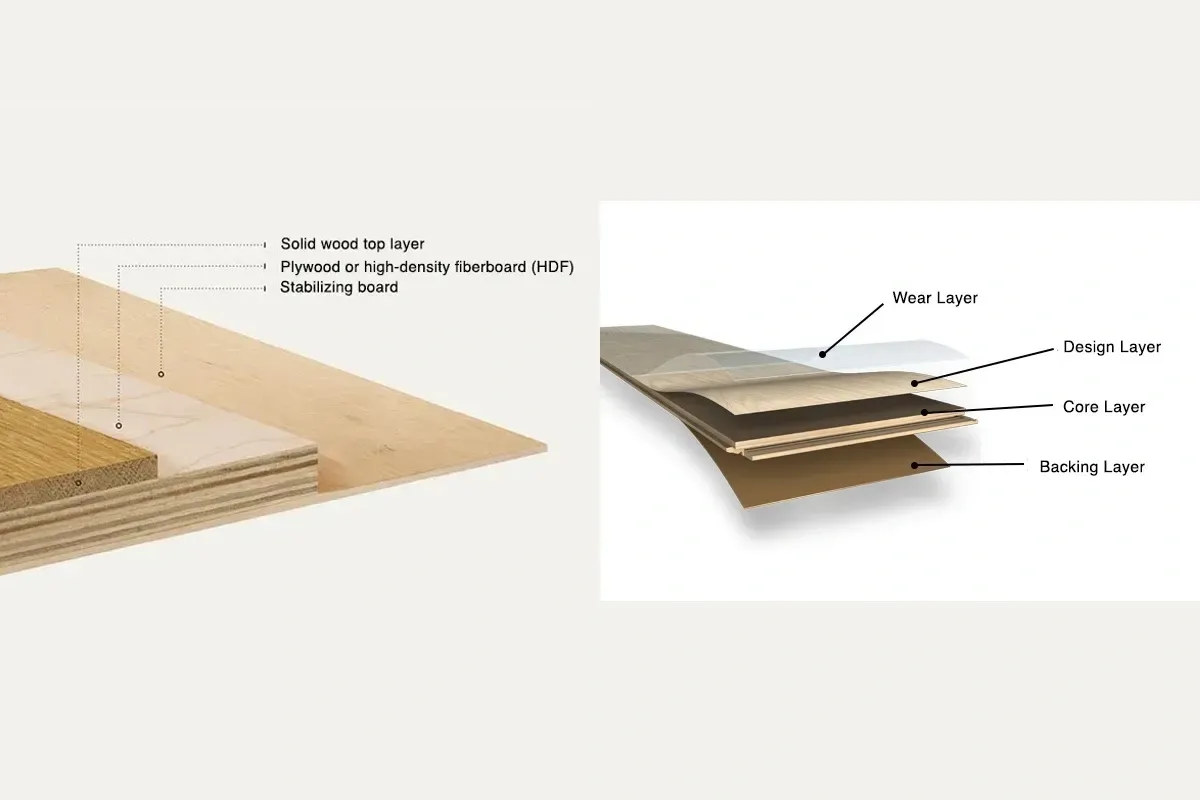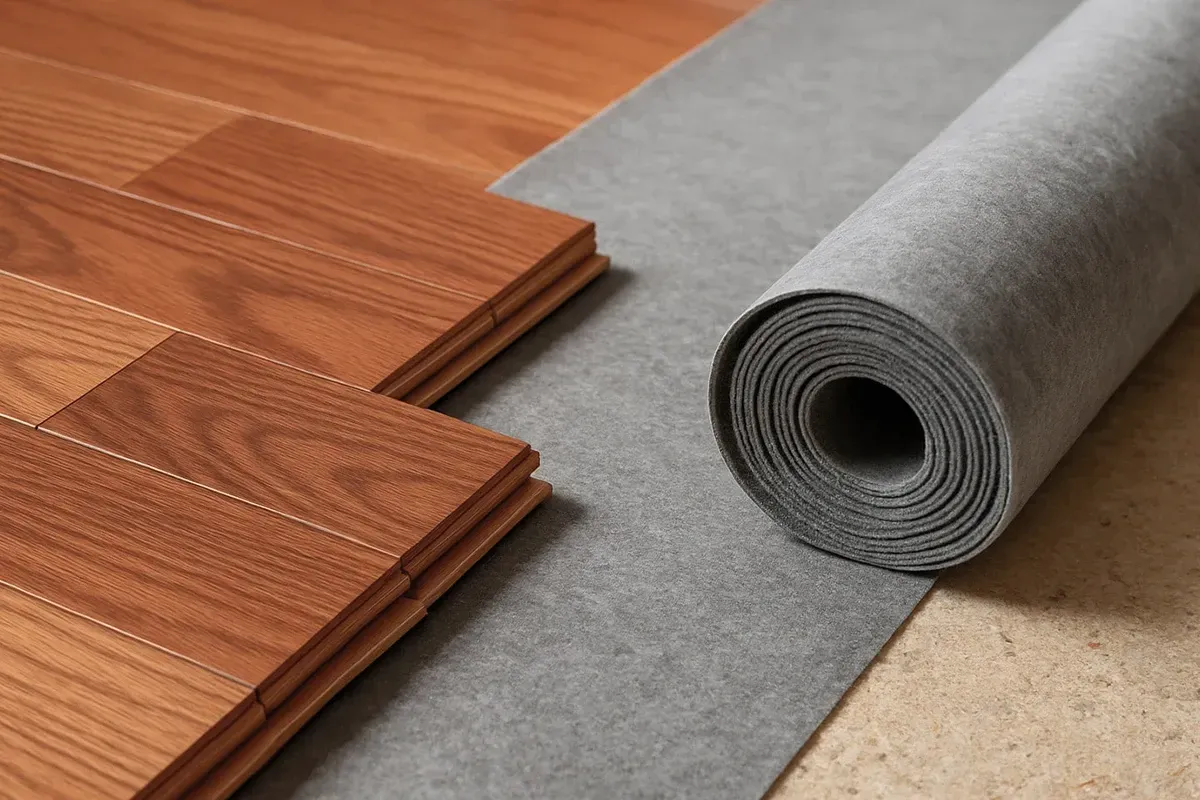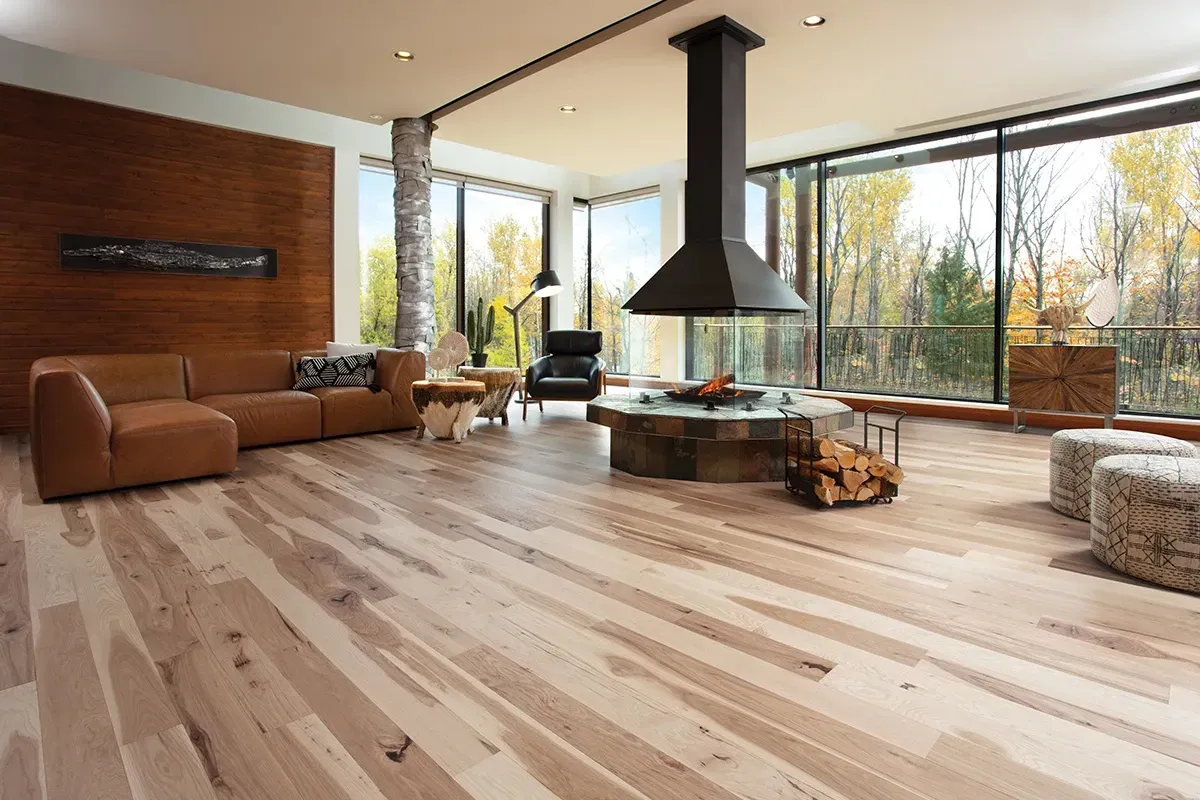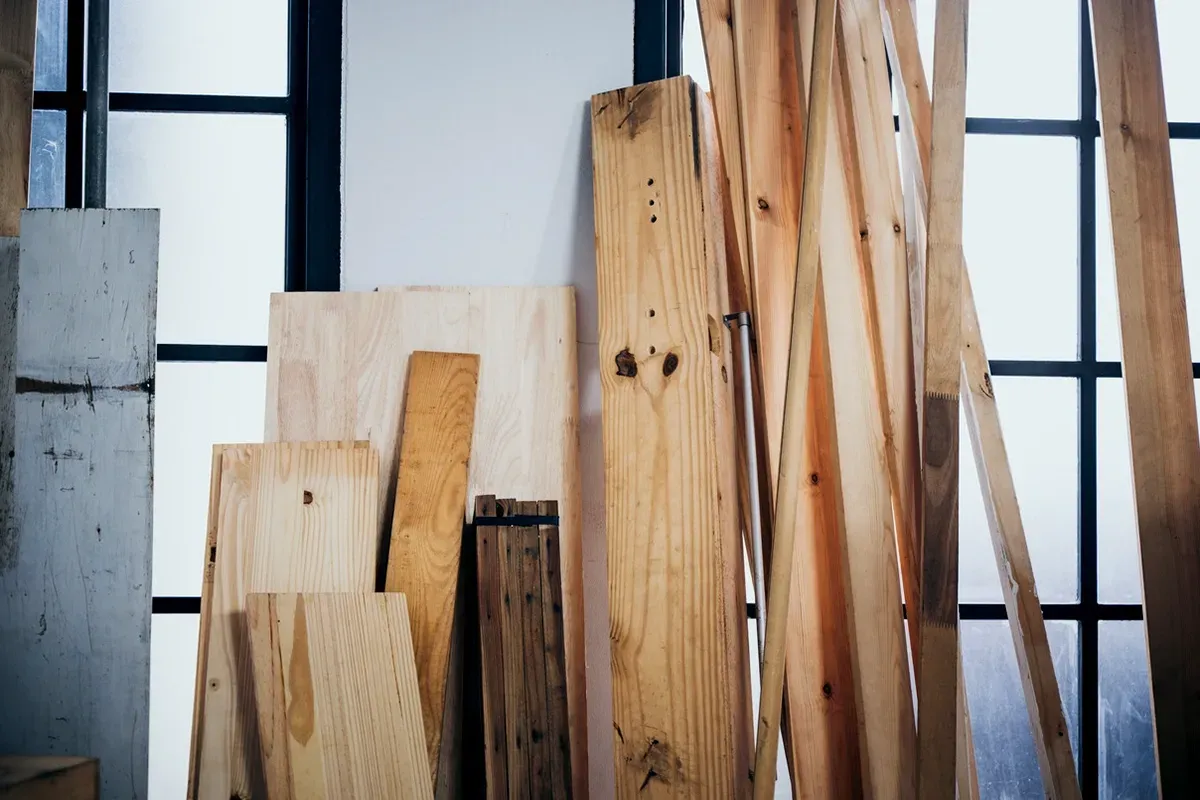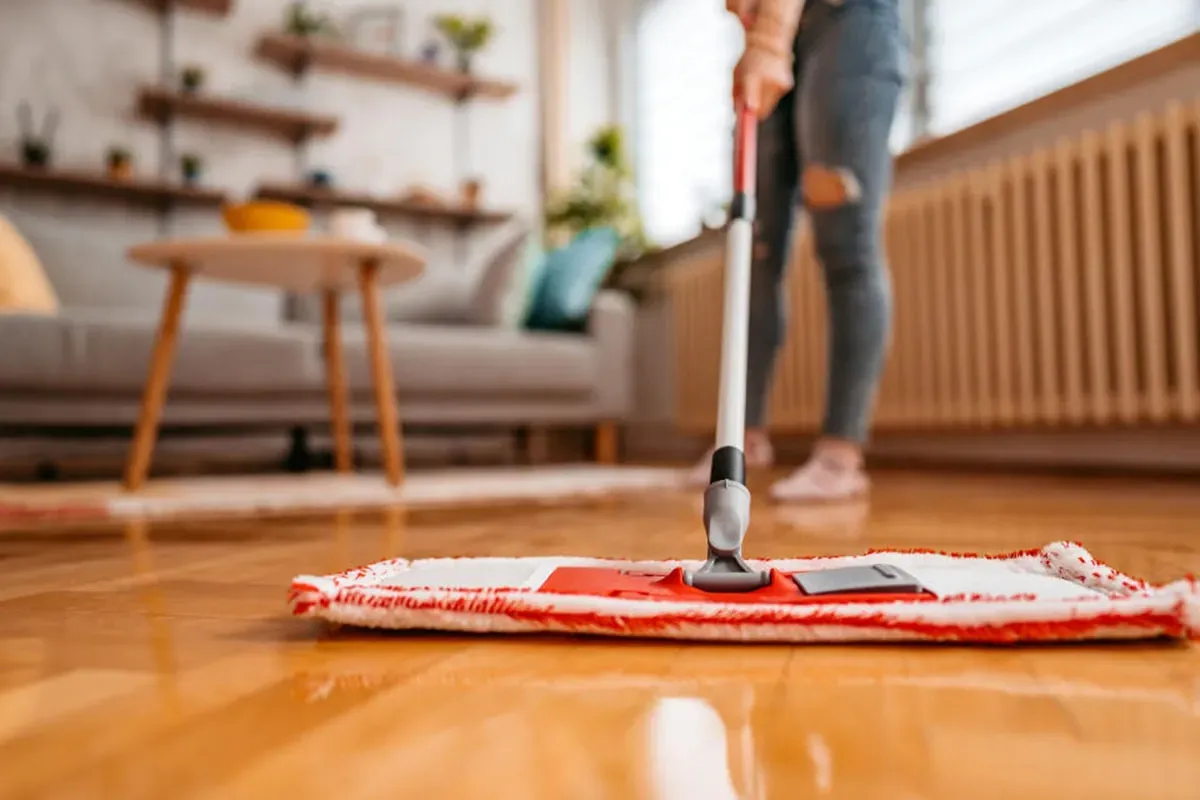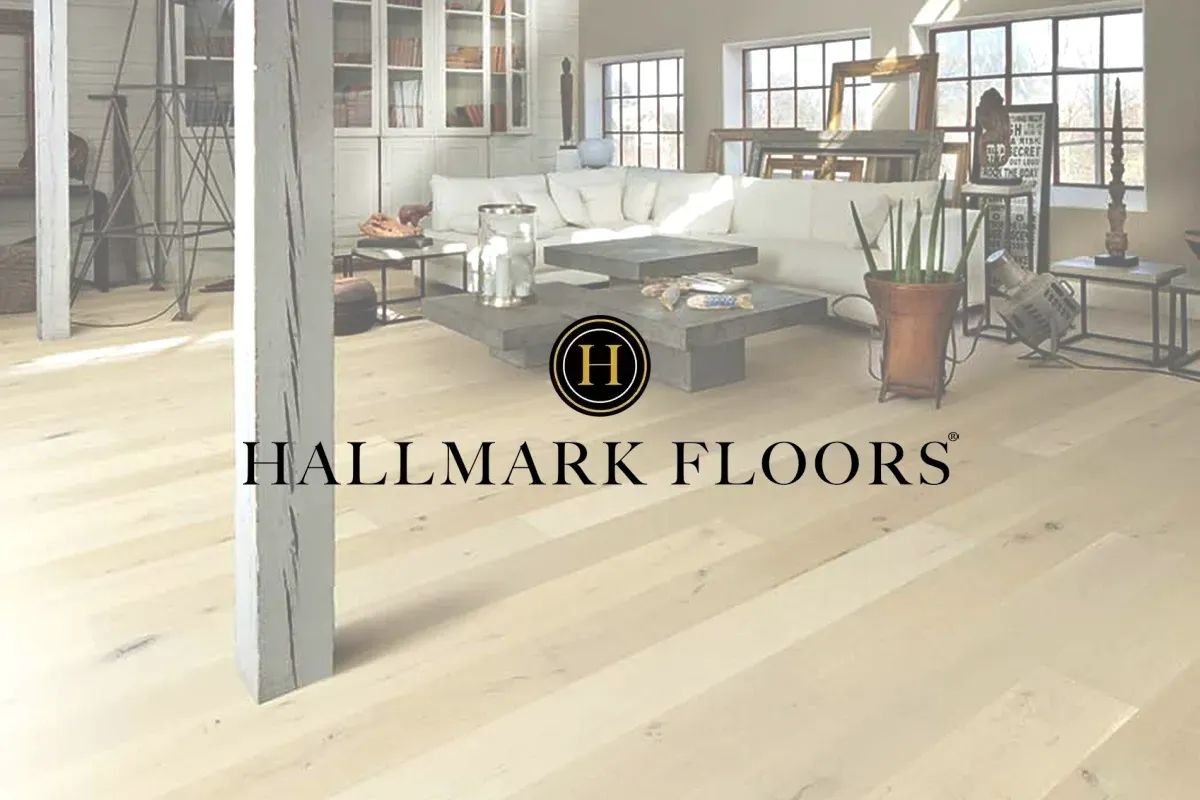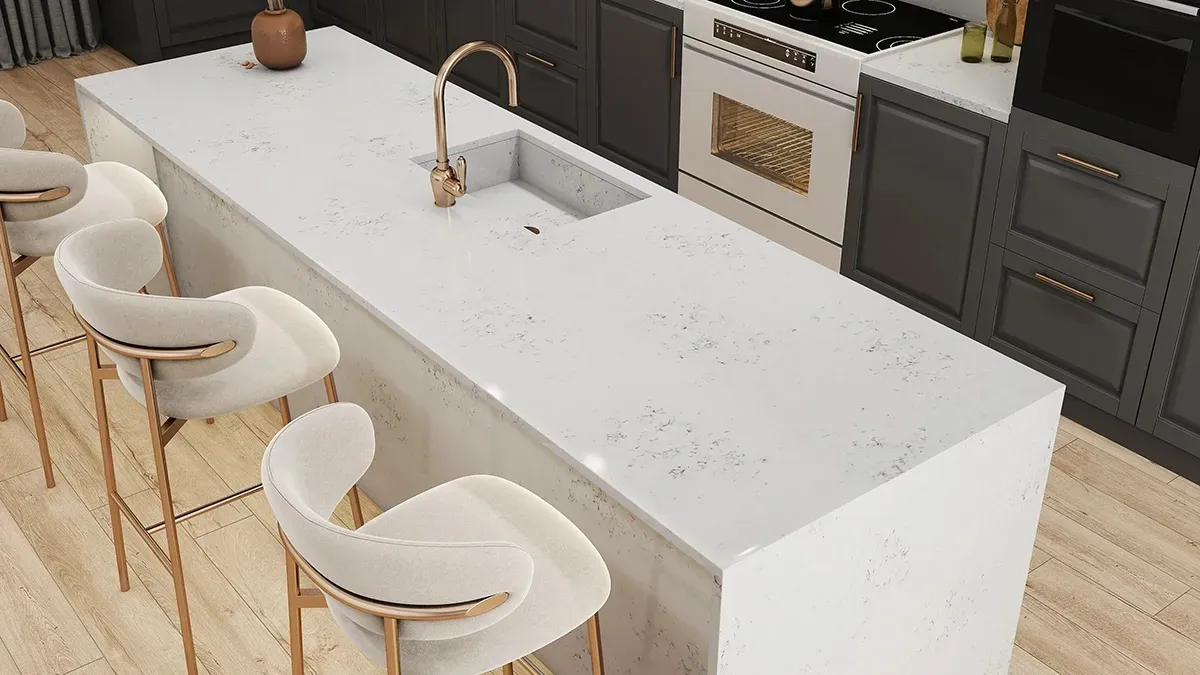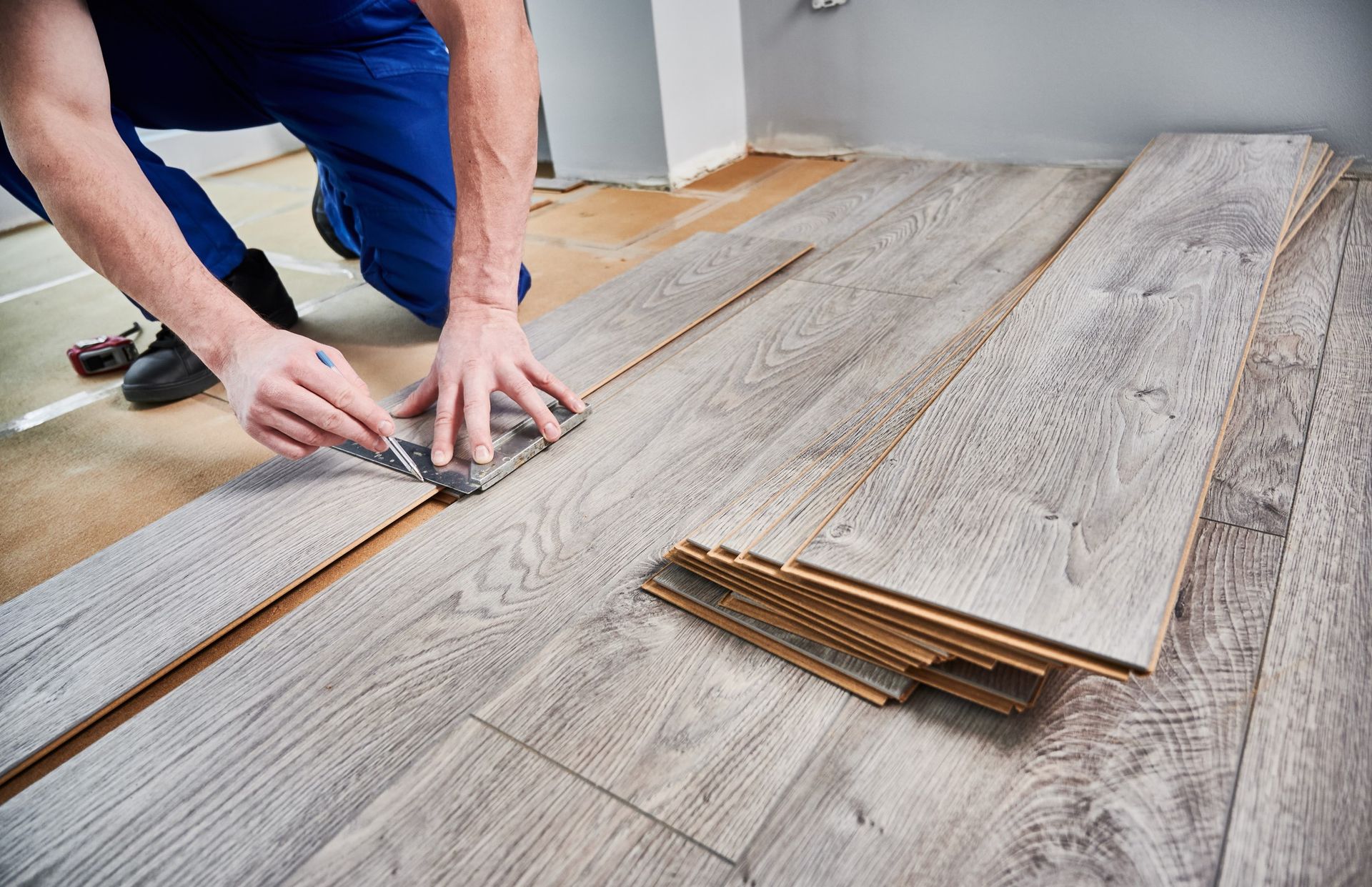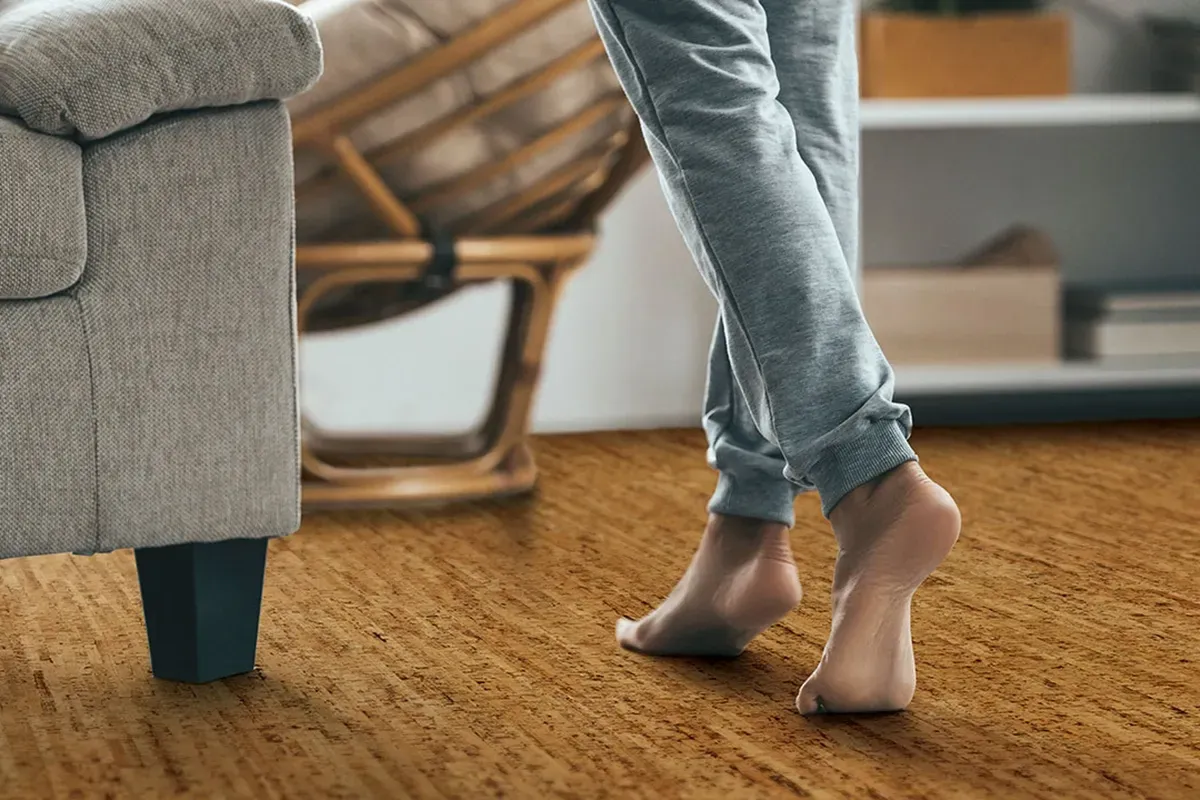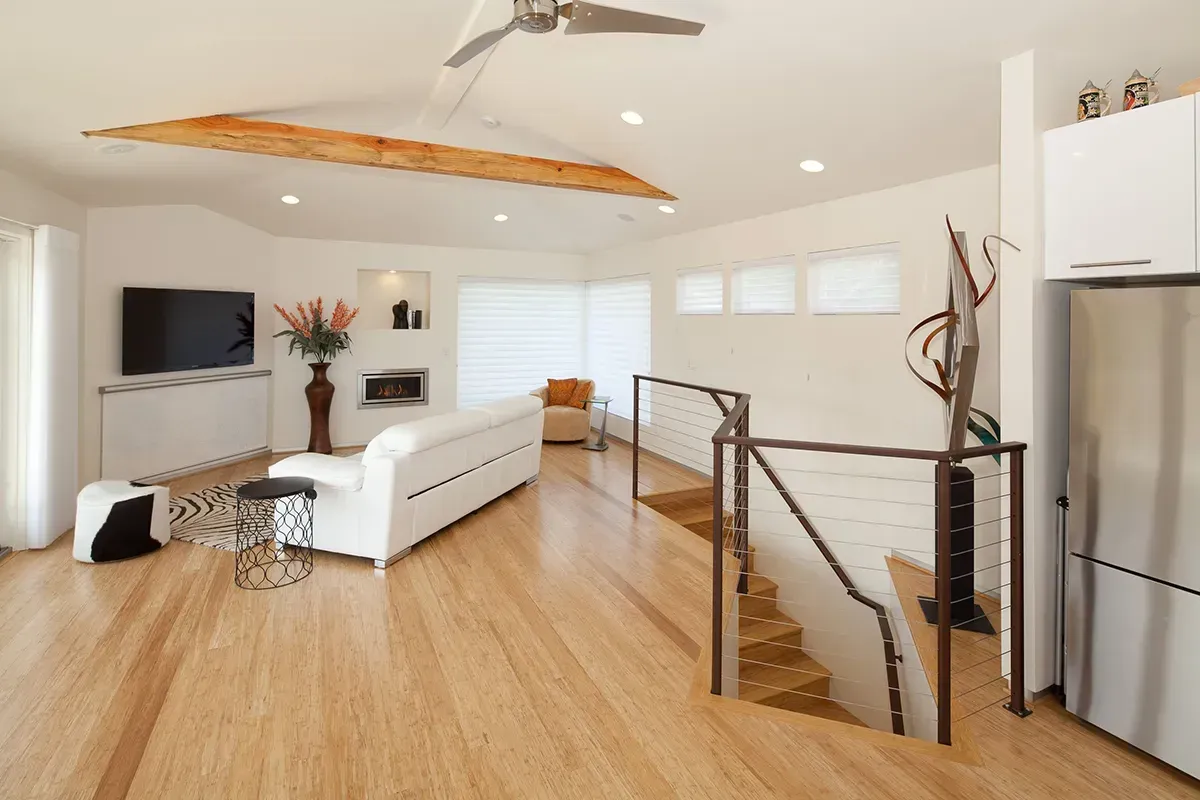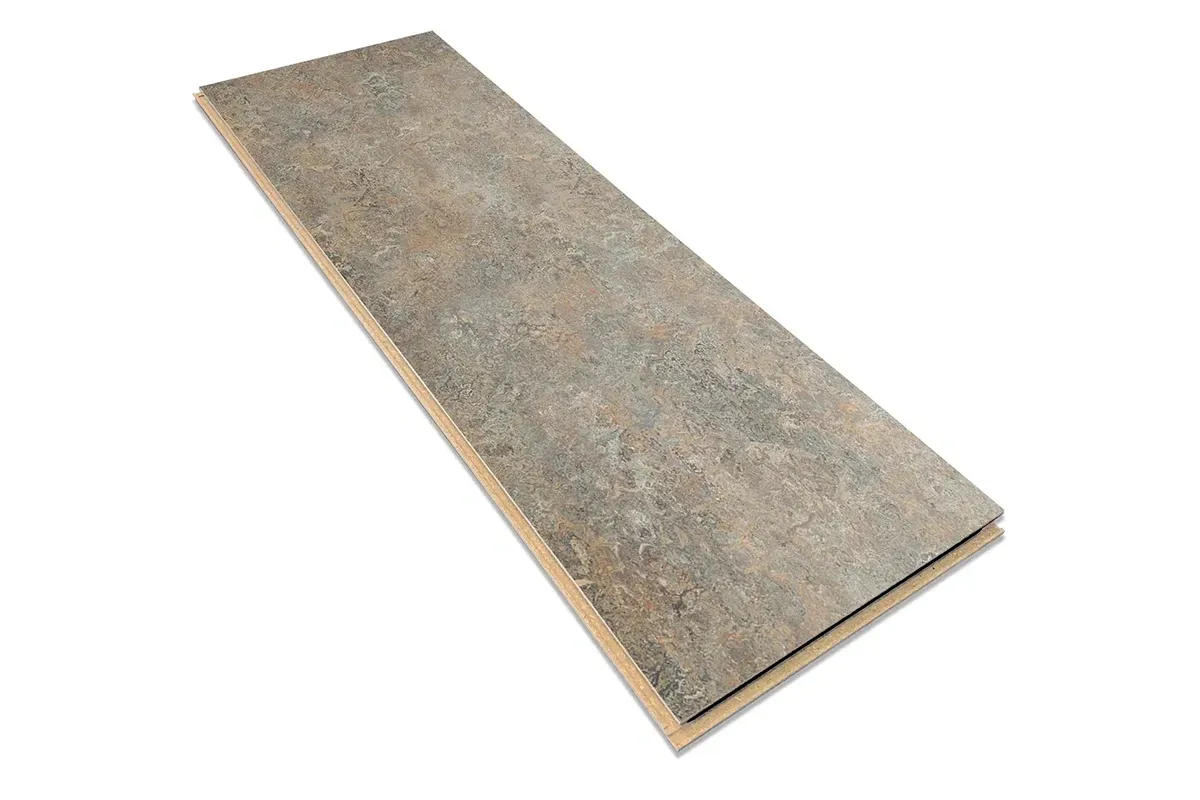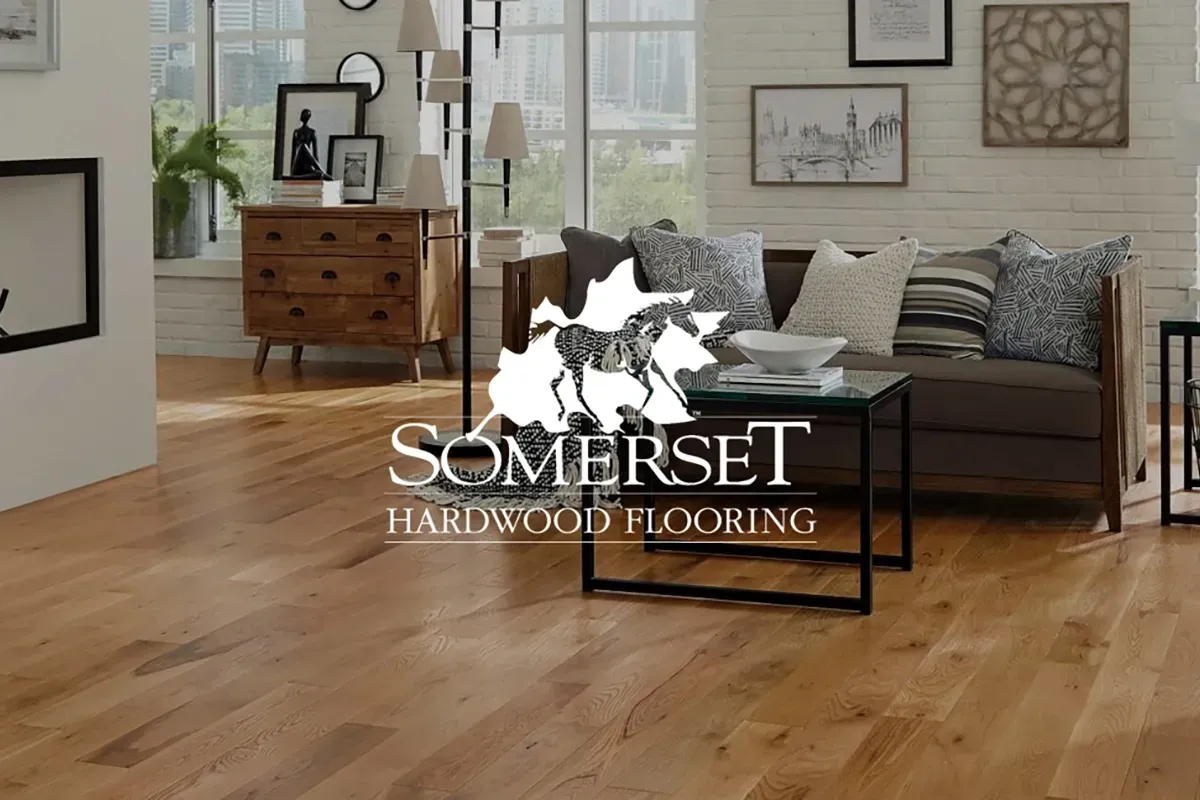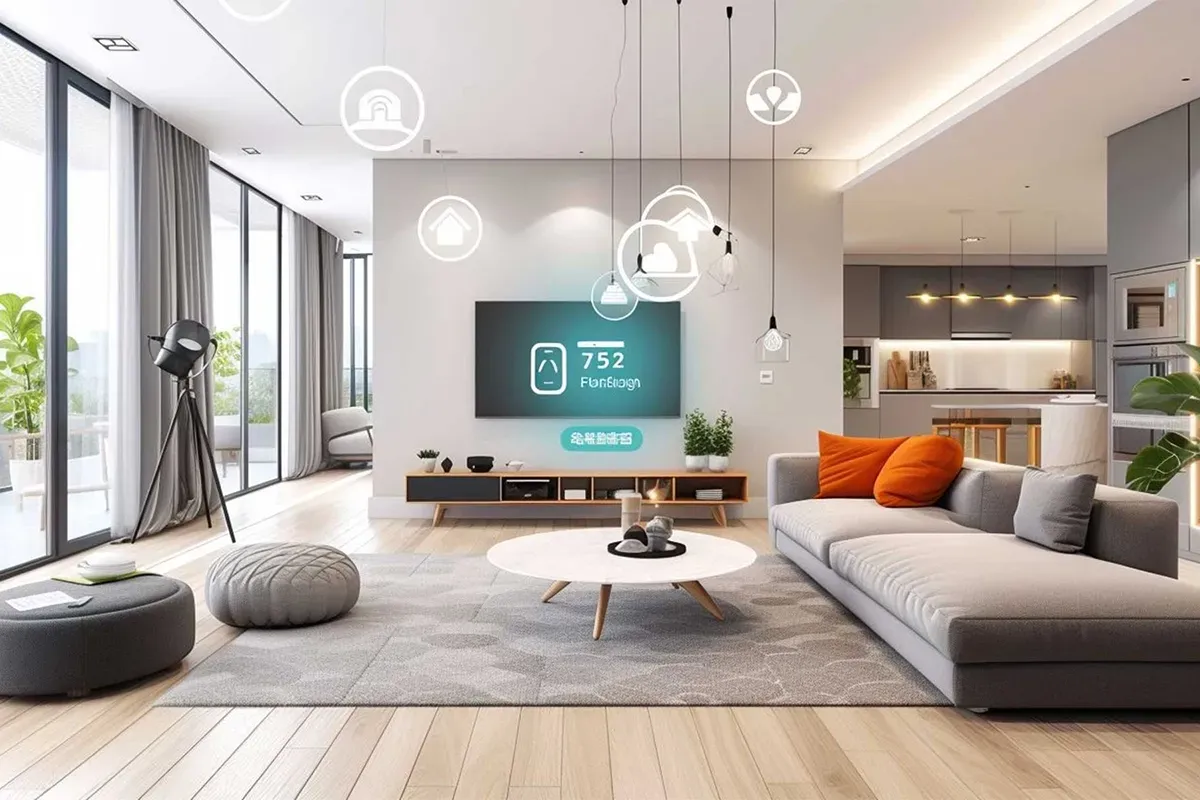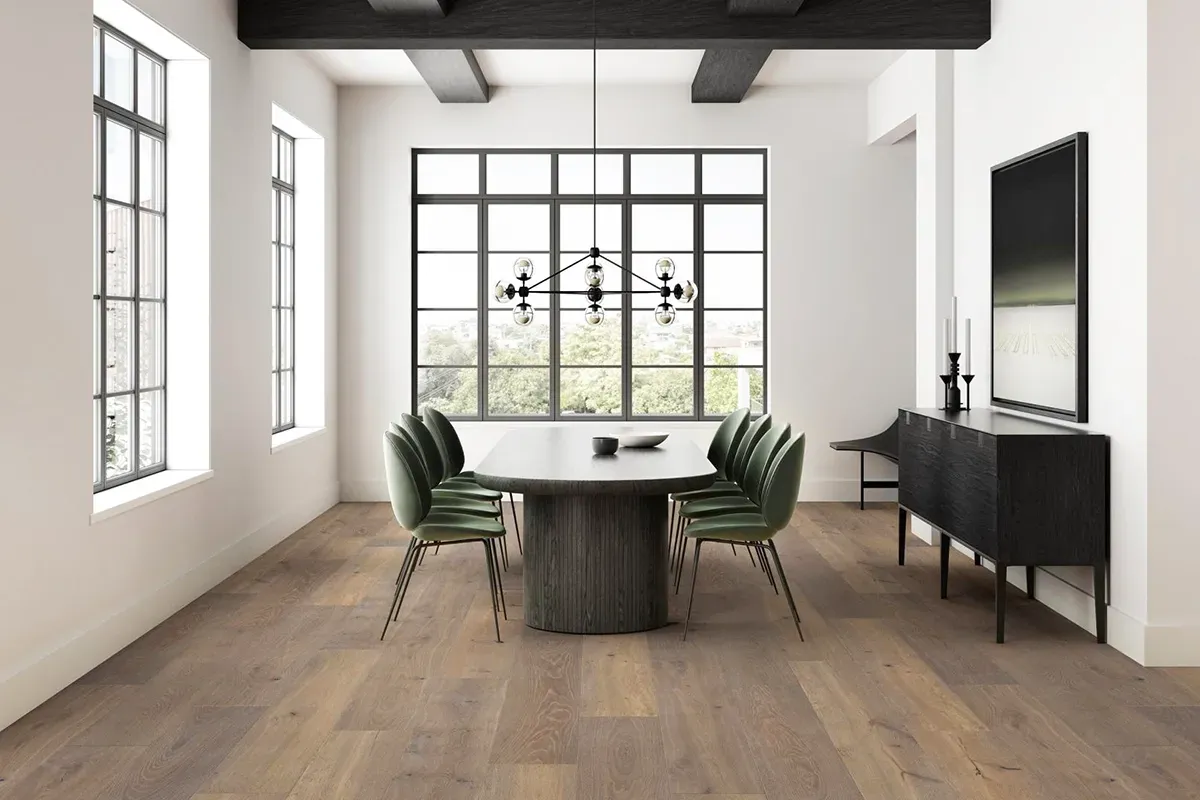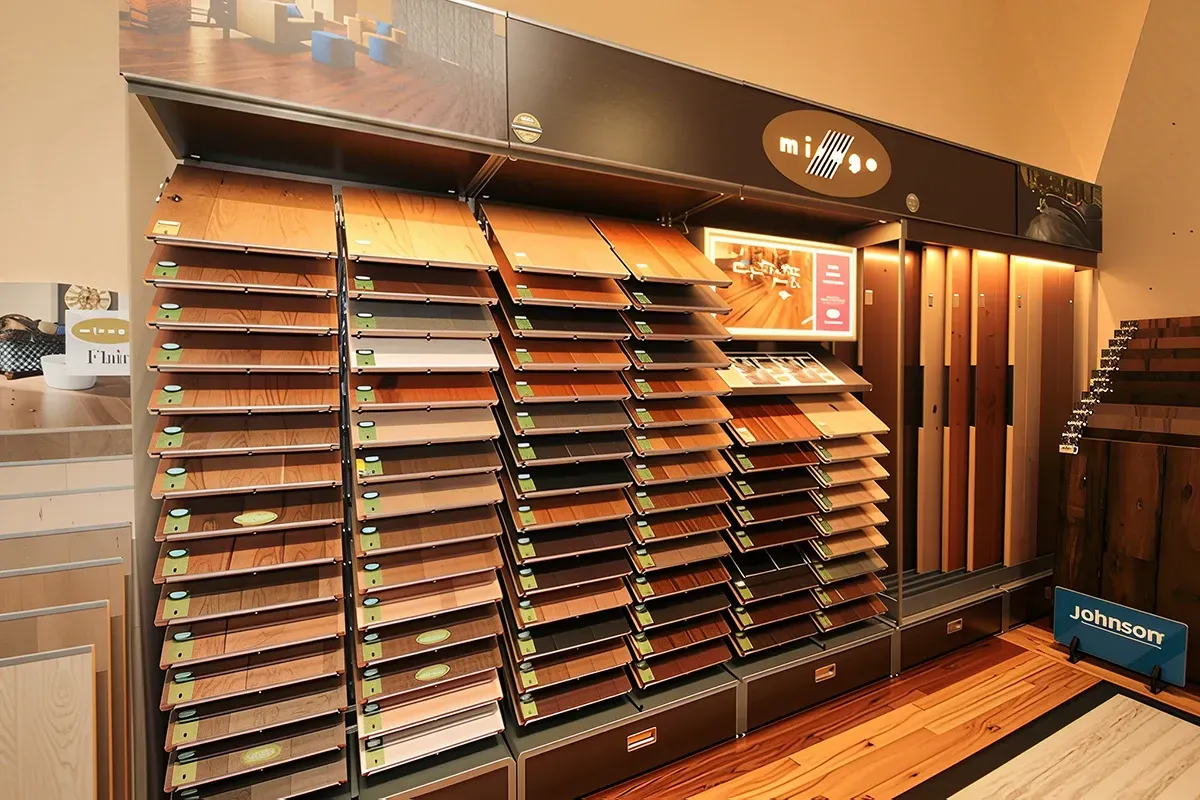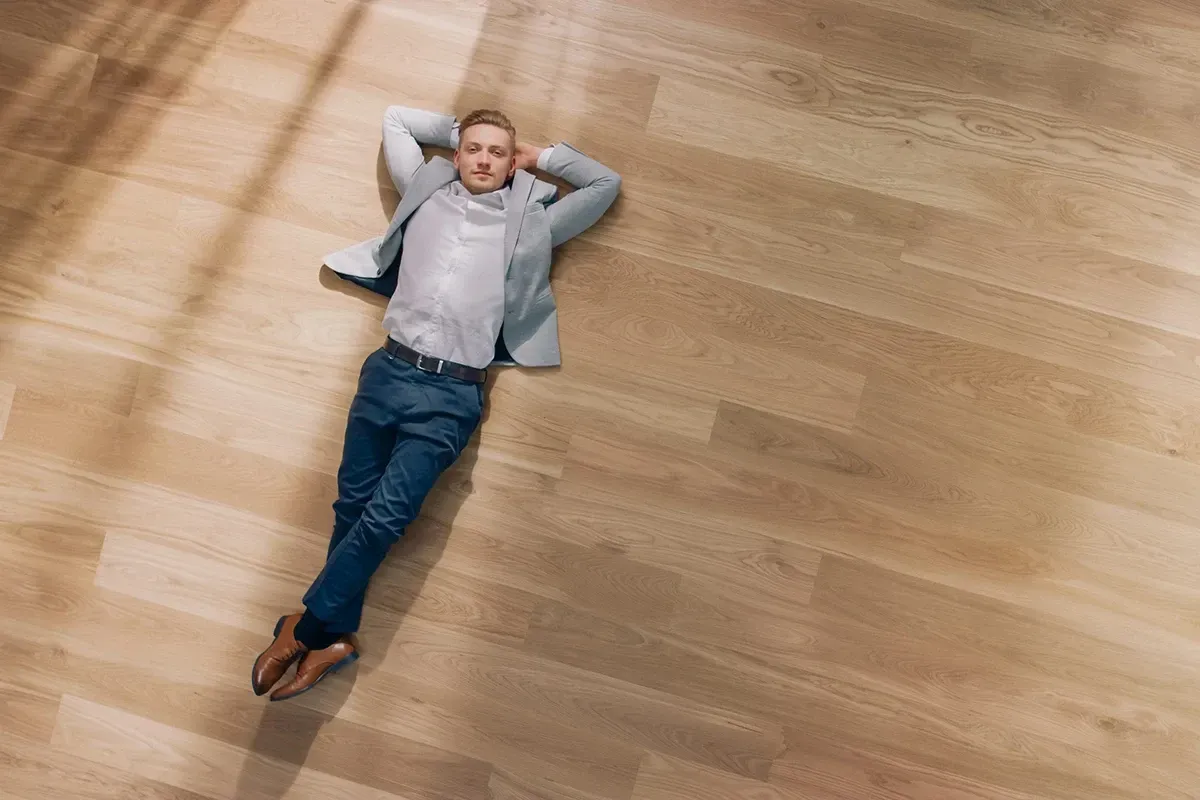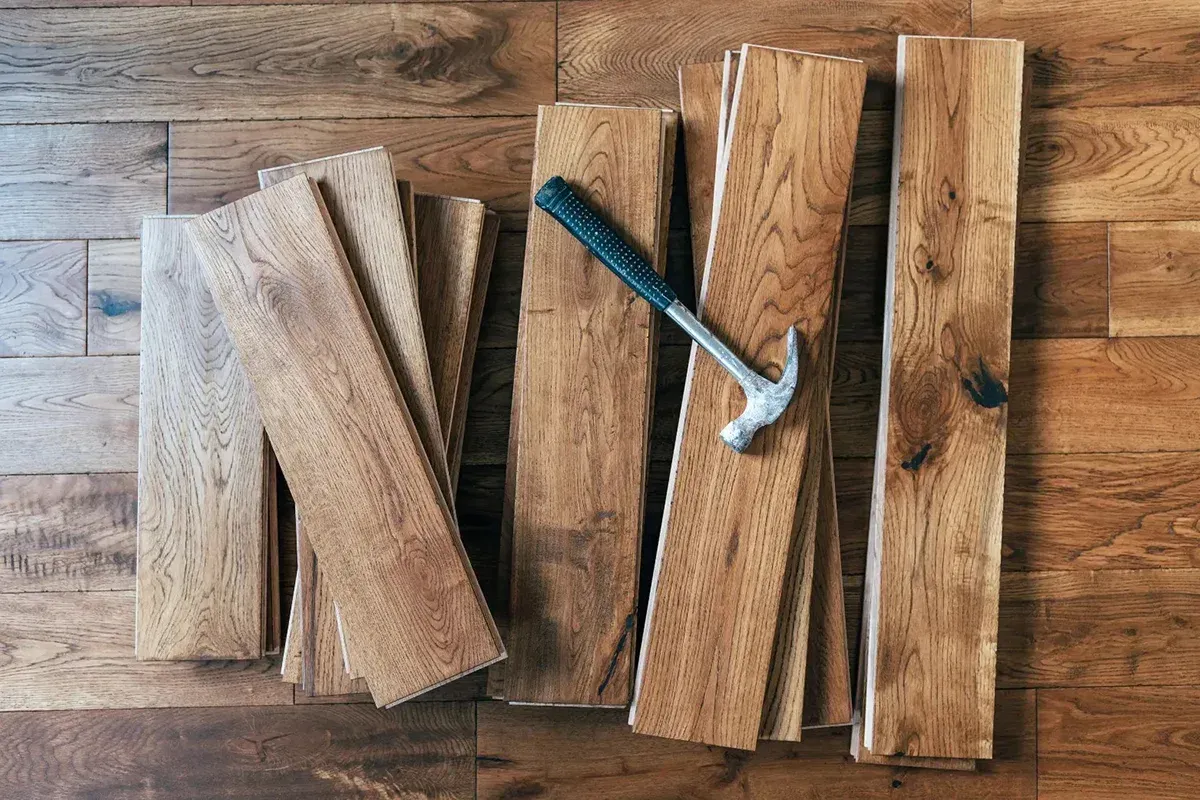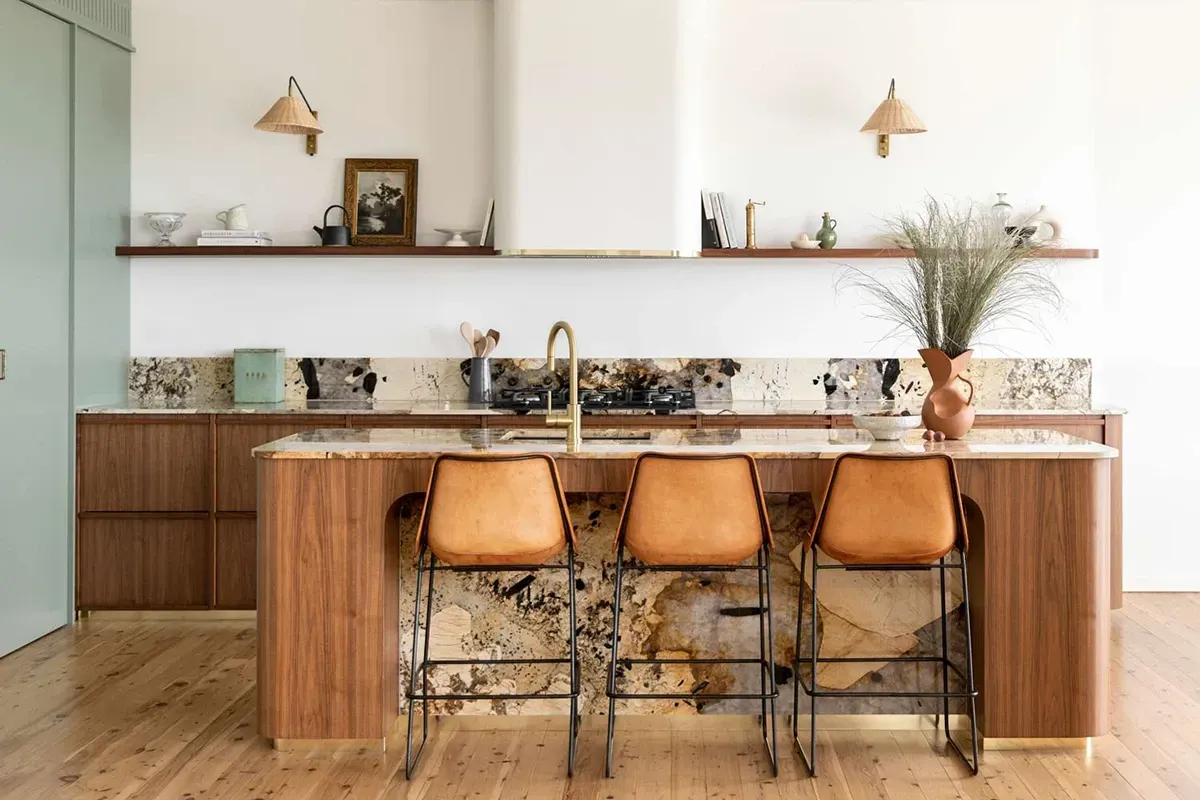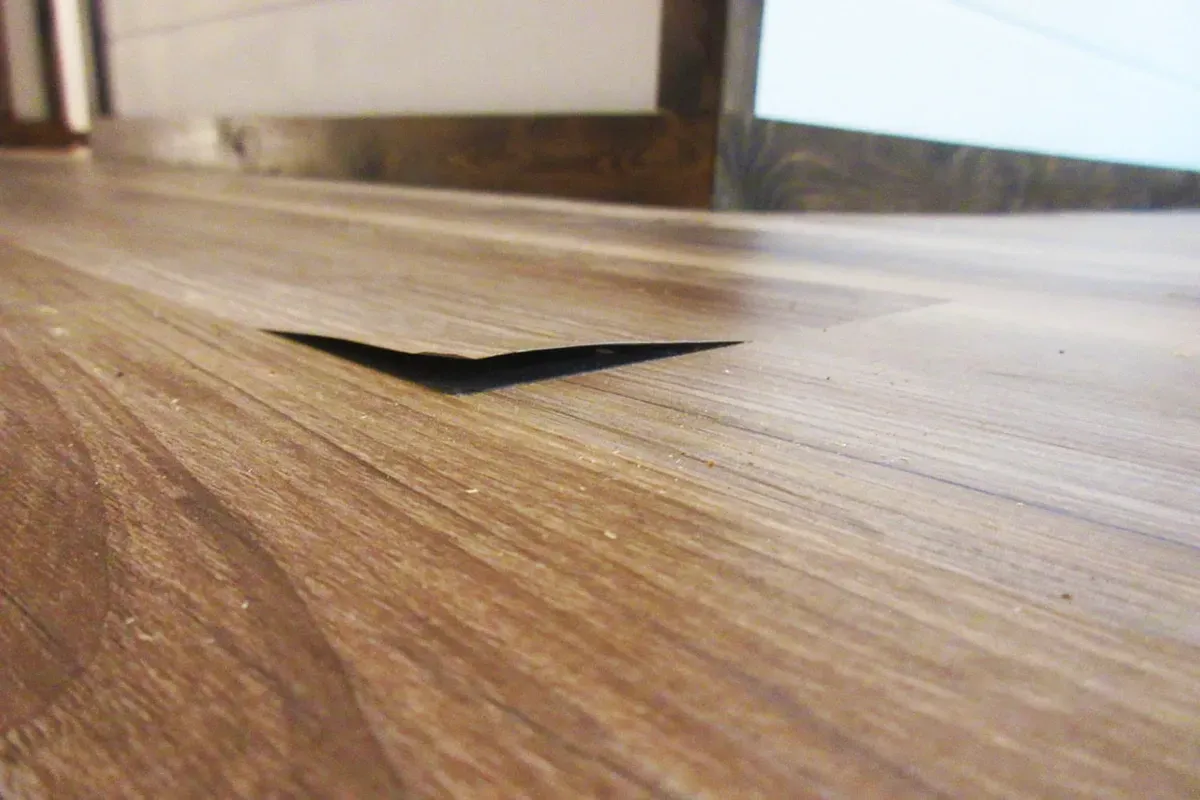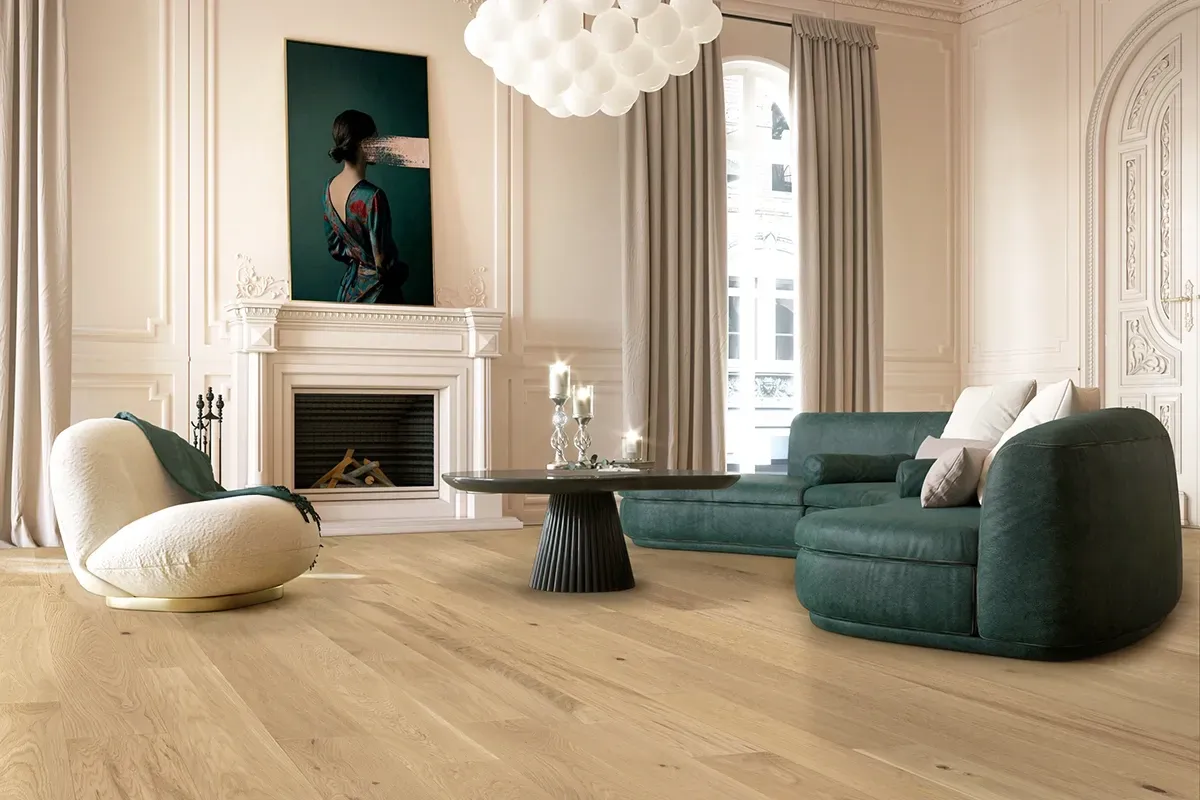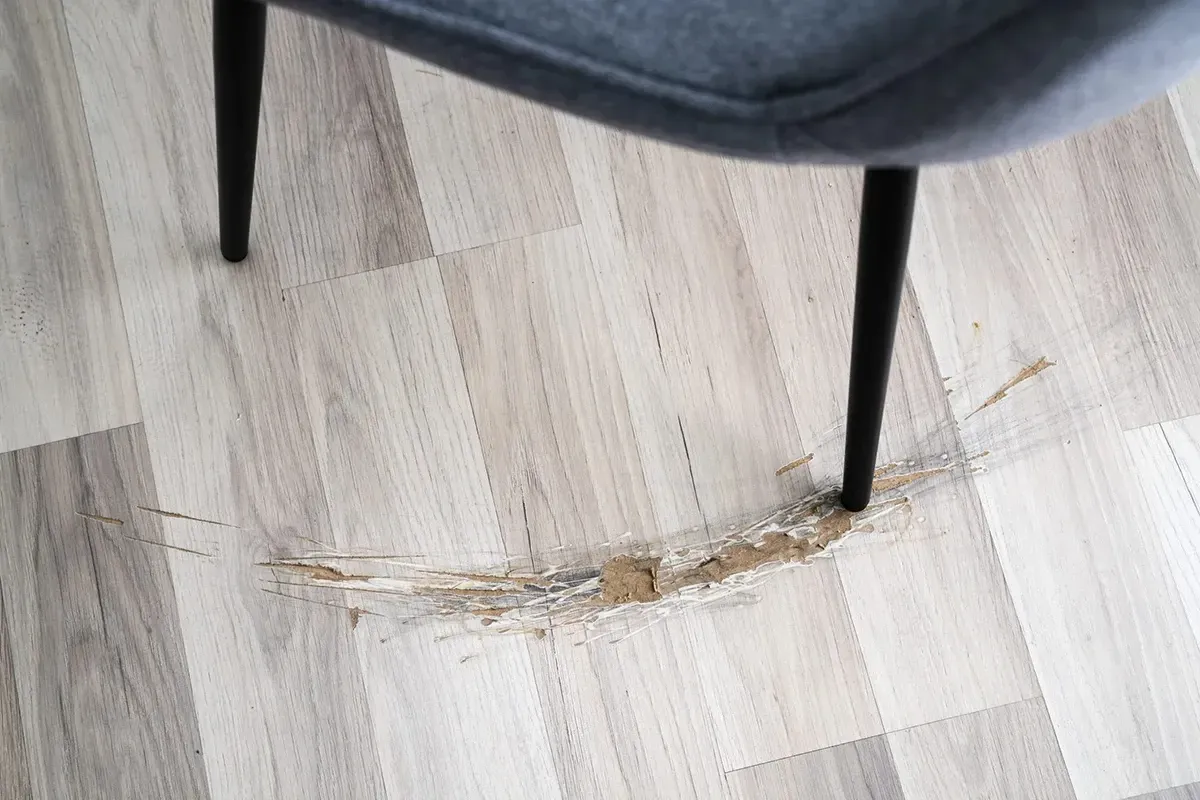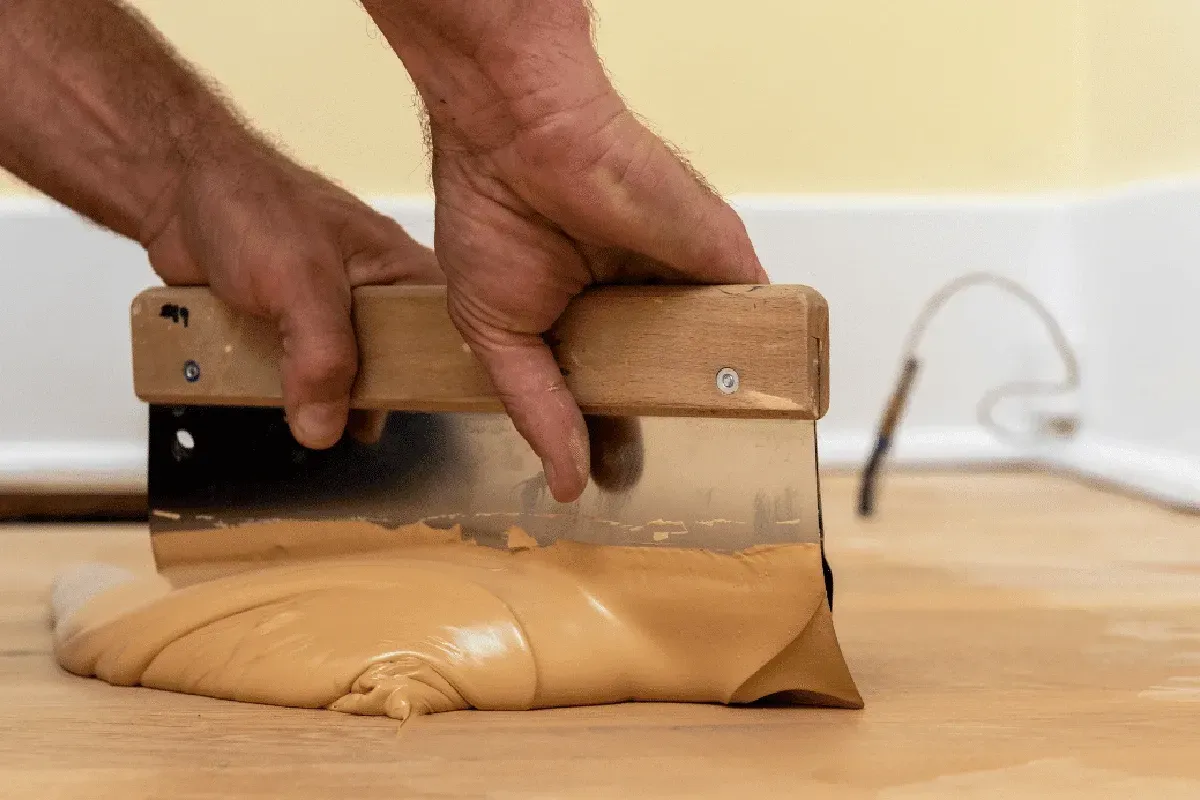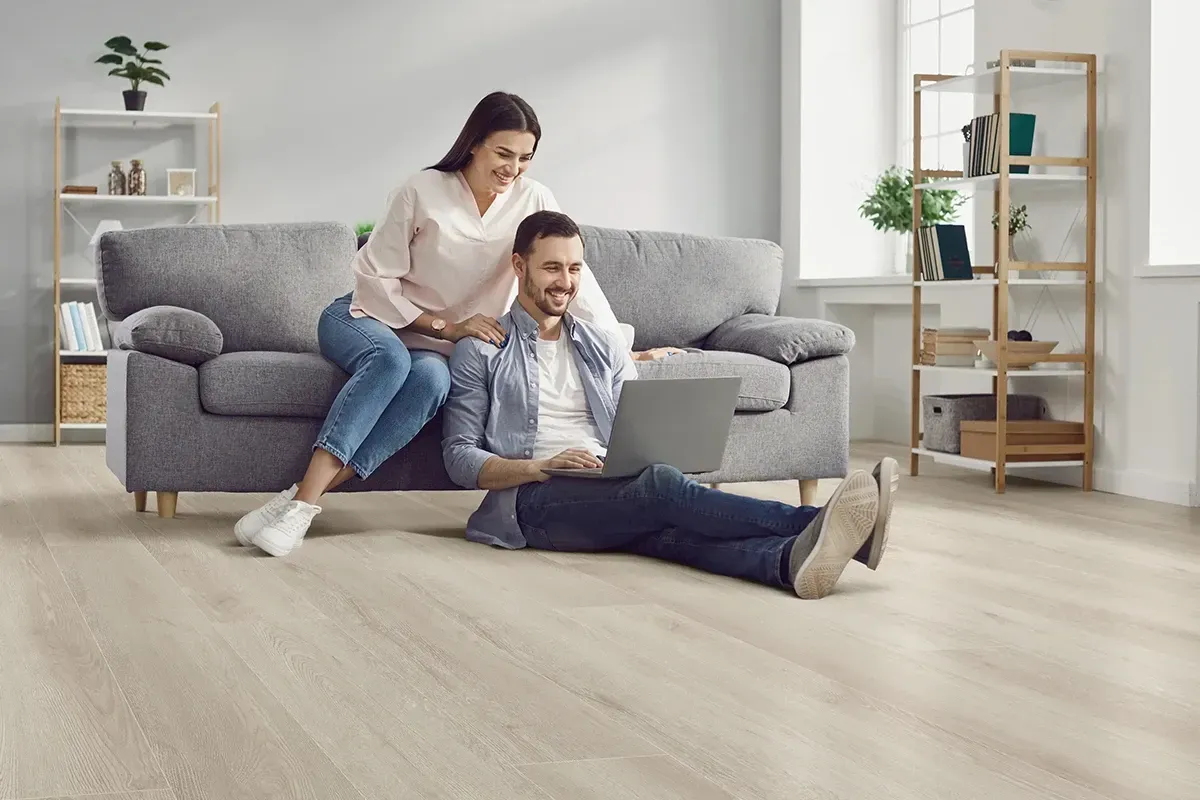What Is SPC Flooring? Benefits, Features & Alternatives
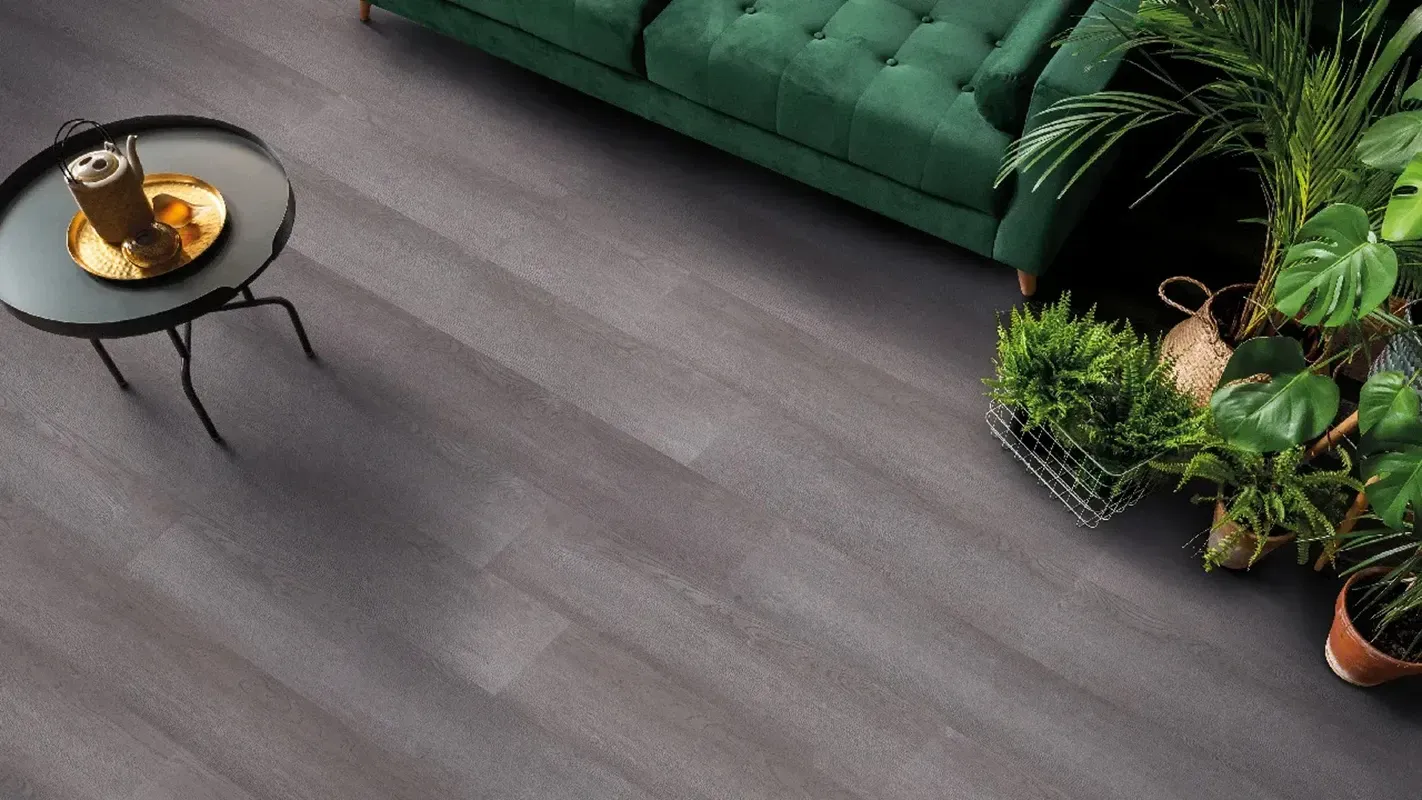
What is SPC Flooring?
Stone Plastic Composite (SPC) flooring is a highly durable and water-resistant flooring option that has gained popularity in recent years. It is made from a unique blend of natural limestone powder, polyvinyl chloride (PVC), and stabilizers, which give it exceptional stability and strength. SPC flooring is known for its rigid core, making it more resistant to impact and wear compared to traditional vinyl flooring.
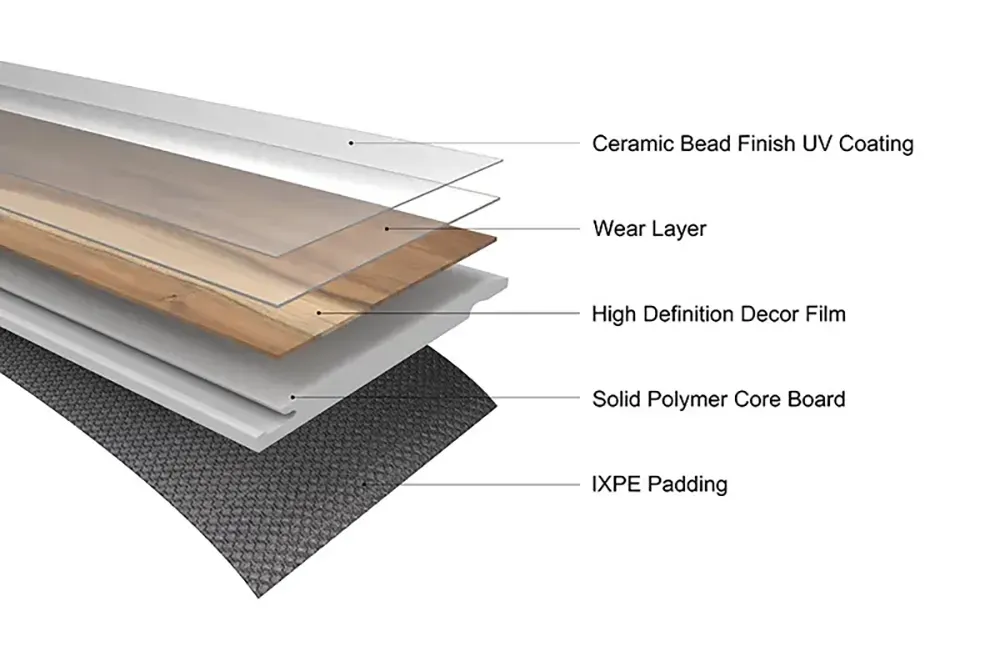
Why Choose SPC Flooring?
SPC flooring offers numerous benefits that make it an excellent choice for residential and commercial spaces. Some key advantages include:
1. Waterproof Properties
SPC flooring is 100% waterproof, making it an ideal choice for moisture-prone areas such as kitchens, bathrooms, and basements. Unlike hardwood, which can warp or swell with water exposure, SPC remains unaffected by spills and humidity.
2. Durability and Strength
The rigid core construction of SPC flooring makes it highly resistant to dents, scratches, and general wear and tear. It is a great option for high-traffic areas in homes and commercial spaces. Additionally, SPC flooring is less likely to expand or contract due to temperature or humidity changes, ensuring long-term stability.
3. Comfort and Stability
Despite its rigidity, SPC flooring provides a comfortable underfoot feel, especially when paired with an attached underlayment. It also offers soundproofing qualities, making it a quieter flooring option compared to traditional hardwood or tile. The additional cushioning in some SPC flooring products enhances comfort, reducing foot fatigue for those who spend long hours standing.
4. Realistic Appearance
SPC flooring comes in a wide variety of designs, mimicking natural wood, stone, and ceramic textures. The high-definition printing technology used in its production allows it to closely resemble authentic materials, providing an upscale look without the high maintenance associated with natural hardwood or stone.
5. Easy Maintenance
Cleaning and maintaining SPC flooring is effortless. Regular sweeping and occasional damp mopping with a mild cleaner are all it takes to keep it looking new. Since SPC flooring is highly resistant to stains and scratches, it retains its fresh appearance for years, even in high-traffic areas.
6. Eco-Friendly Choice
Many SPC flooring products are made from recyclable materials and do not contain harmful chemicals such as formaldehyde, making them an environmentally friendly flooring option. The manufacturing process also reduces waste, contributing to a more sustainable building solution.
Installation Methods
One of the biggest advantages of SPC flooring is its ease of installation. It typically features a click-lock system that allows for a floating floor installation, meaning it can be laid over existing flooring without the need for adhesives or nails. The two most common installation methods are:
- Floating Installation: The planks are interlocked and placed over a subfloor without glue or nails, making it a quick and mess-free process.
- Glue-Down Installation: This method involves using adhesive to secure the flooring to the subfloor for a more permanent solution, ideal for commercial spaces requiring extra stability.
Best Areas to Install SPC Flooring
SPC flooring is versatile and can be installed in various settings, including:
- Kitchens: Its waterproof properties make it perfect for food preparation areas, where spills and stains are common.
- Bathrooms: SPC flooring can withstand high moisture levels, providing an alternative to traditional tile.
- Basements: It remains stable in environments prone to humidity and temperature fluctuations.
- Living Rooms: Provides a stylish and durable alternative to hardwood, adding warmth and sophistication.
- Commercial Spaces: SPC flooring is suitable for offices, retail stores, and restaurants due to its durability and ease of maintenance.
Comparing SPC Flooring to Other Flooring Options
SPC vs. LVP (Luxury Vinyl Plank)
While both SPC and LVP offer realistic wood and stone designs, SPC has a rigid core that provides better stability and durability. LVP, on the other hand, has a softer, more flexible core, making it slightly less resistant to heavy impacts. SPC flooring is the better choice for areas
prone to high traffic and moisture.
SPC vs. Laminate
Laminate flooring is another alternative to hardwood, but it lacks the waterproof capabilities of SPC flooring. If moisture resistance is a priority, SPC is the better choice. Additionally, SPC flooring is generally more resistant to scratches and impact damage than laminate.
SPC vs. Hardwood
Hardwood flooring provides natural beauty and elegance, but it is susceptible to water damage and requires more maintenance. SPC offers the look of hardwood without the upkeep challenges, making it a practical choice for those who want the aesthetic appeal of wood without the hassle of refinishing and potential warping.
Factors to Consider
When selecting SPC flooring, consider the following factors:
- Thickness: SPC planks come in various thicknesses, typically ranging from 3.5mm to 8mm. Thicker planks offer better durability, comfort, and noise reduction.
- Wear Layer: A thicker wear layer enhances scratch resistance and longevity, making it an essential factor for high-traffic areas.
- Design and Texture: Choose a style that complements your interior decor. Textured finishes provide a more natural look and feel.
- Underlayment: Some SPC floors come with pre-attached underlayment for added comfort and sound absorption, eliminating the need for an additional underlayment layer.
Cost of SPC Flooring
The cost of SPC flooring typically ranges from $2 to $7 per square foot, depending on factors such as plank thickness, wear layer, brand, and design quality. Thicker planks with premium finishes or attached underlayment may fall on the higher end of the price spectrum. While SPC flooring can be more expensive upfront than standard vinyl, its durability, waterproof features, and low maintenance often result in long-term savings. Installation costs vary but are generally lower due to the easy click-lock system that reduces labor time.
Maintenance
Maintaining SPC flooring is simple and straightforward. To ensure its longevity, regularly sweep or vacuum the surface to remove dust and debris that could cause scratches. For deeper cleaning, use a damp mop with a mild cleaner that won’t damage the flooring. Avoid harsh chemicals, especially ammonia-based cleaners, as they can harm the protective wear layer. To prevent scratches from heavy furniture, use furniture pads and avoid dragging items across the floor. Additionally, wipe up spills immediately to prevent staining or residue buildup.
Conclusion
SPC flooring is an excellent investment for homeowners and businesses looking for a durable, stylish, and low-maintenance flooring option. With its water-resistant properties, realistic designs, and ease of installation, it is a practical alternative to traditional flooring materials.
We encourage Portland homeowners to contact us or stop by Rejuvenation Floor & Design and explore the various styles available.

